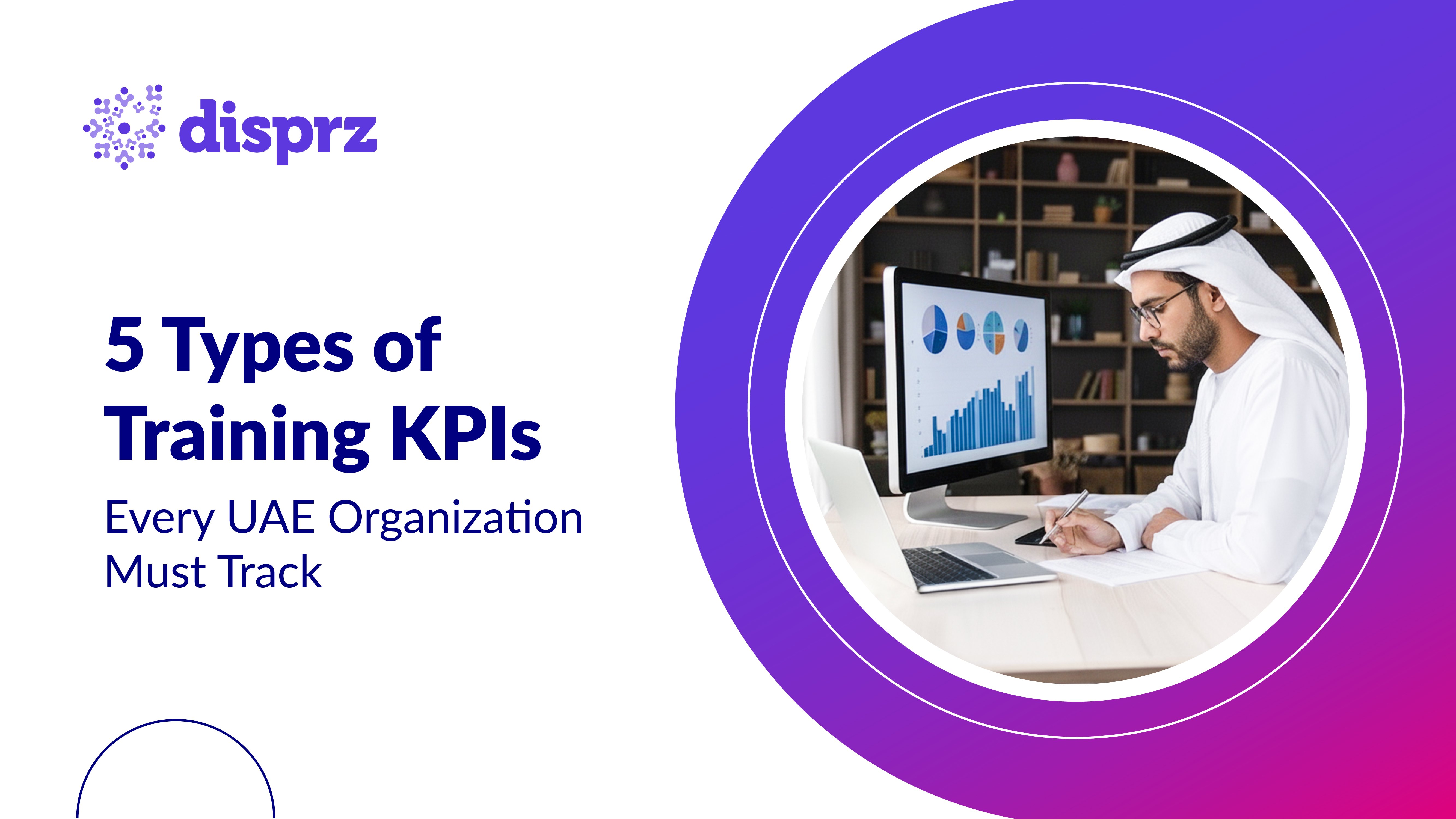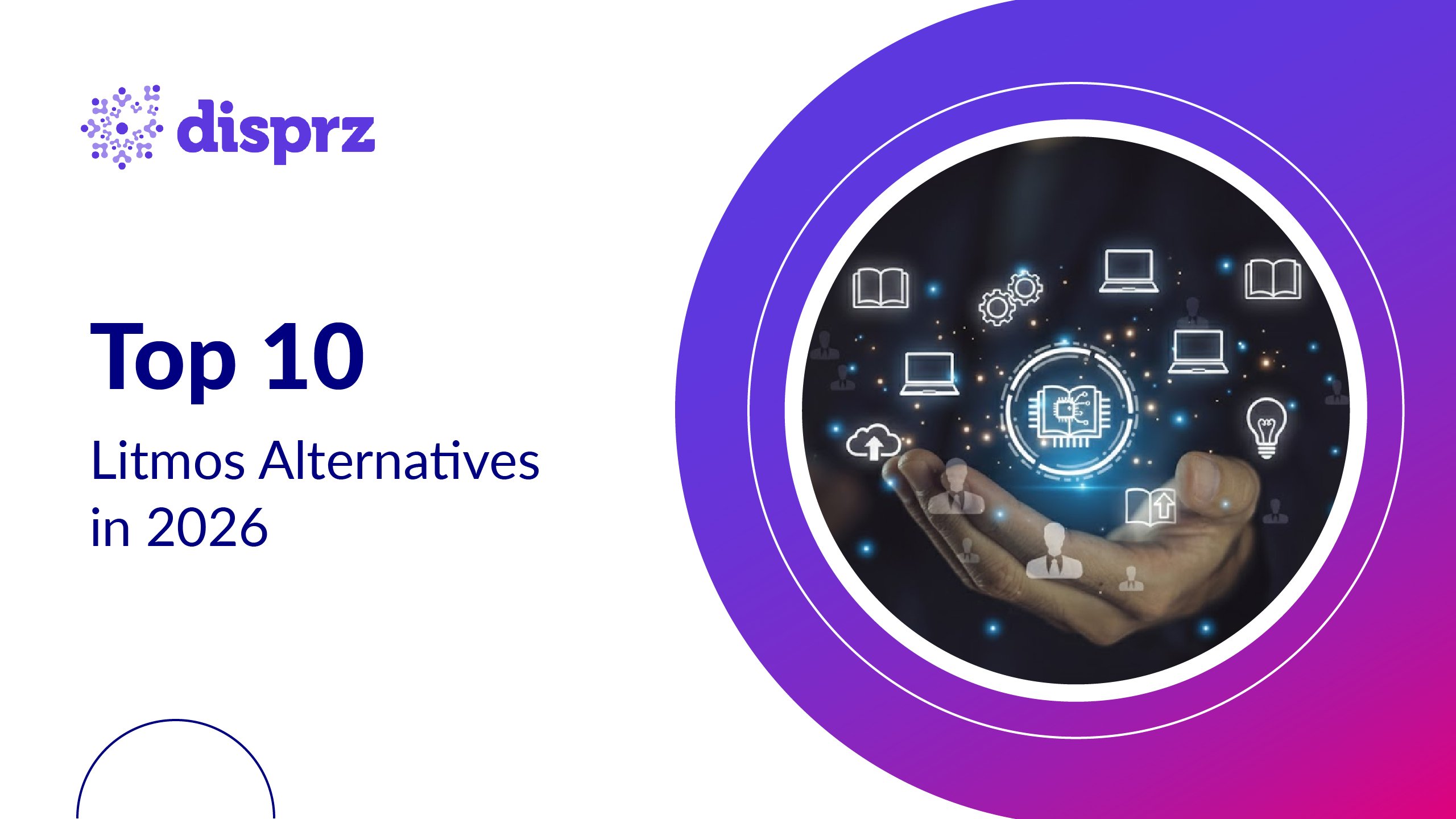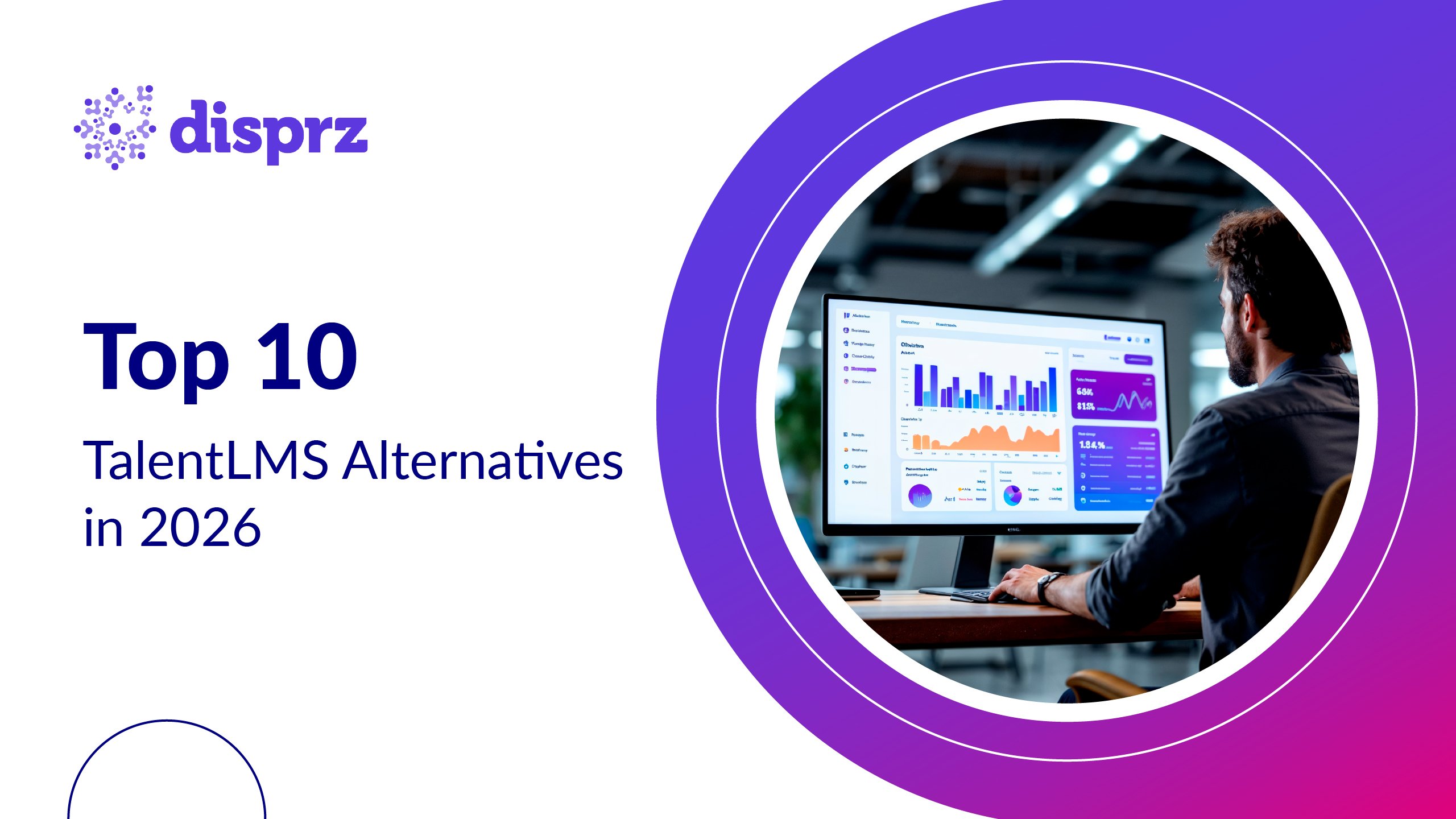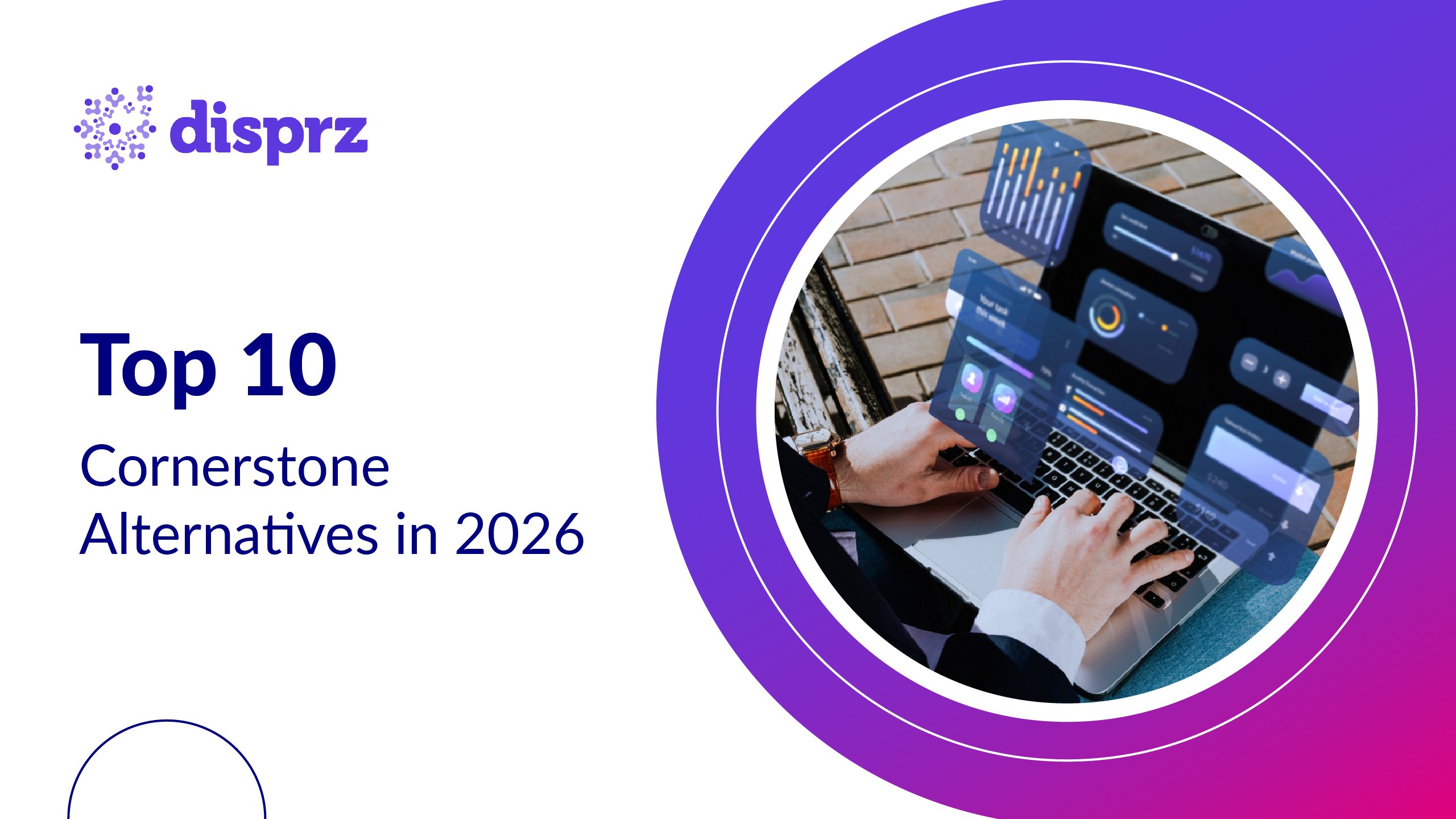In the UAE, regulations don’t just exist on paper; they shape daily operations. Banks must prove compliance with DIFC and ADGM rules. MOHRE standards touch every industry, and healthcare, aviation, and energy have their own strict mandates. Meeting these rules isn’t optional; failing to do so has real consequences.
Yet many organizations still rely on completion rates or hours logged to gauge training effectiveness. That only tells part of the story.
Leaders need deeper insight:
-
What skills are employees actually gaining?
-
Which knowledge is being retained, and which is fading?
-
Are employees applying what they’ve learned in their daily roles?
-
And, critically, are these programs reducing risk or improving performance?
The answer lies in carefully designed key performance indicators (KPIs). When integrated into an AI-powered LMS, KPIs move beyond attendance and compliance tracking. They capture assessment results, knowledge retention, engagement patterns, and provide audit-ready reports.
With the right metrics, training stops being a checkbox exercise and becomes a measurable driver of compliance, skill development, and operational impact, giving leaders the insight they need to link learning investments directly to business outcomes.
Why KPIs Are Crucial
Investing millions in training without tracking outcomes is like navigating without a compass. In the UAE, three forces make KPIs essential:
1) Regulatory Pressure
Regulators don’t care if employees merely attended a session. They want proof of understanding.
During a DFSA audit, for instance, leaders are expected to show what percentage of employees scored above 80% in AML assessments and how those scores have improved over time.
The right KPIs track mastery, knowledge retention, and certification validity, turning compliance from a risk into a measurable outcome.
2) Workforce Transformation
Digital initiatives in the UAE are accelerating. AI, cybersecurity, and customer experience programs require not just learning but application. Simply completing a course doesn’t indicate capability.
KPIs that measure skill adoption, on-the-job application, and error reduction provide tangible evidence that reskilling programs are working and employees are ready for evolving roles.
3) Boardroom Accountability
Training budgets are growing, and boards demand results. KPIs bridge the gap between HR activity and strategic outcomes.
Dashboards should show how compliance KPIs reduce audit risk, how skill KPIs align with transformation initiatives, and how learning investments drive measurable business performance.
Types of KPIs UAE Organizations Should Track

An LMS dashboard captures actionable data from training programs, providing insight into compliance, engagement, and platform adoption. These metrics allow HR and L&D leaders to make decisions, identify gaps, and prepare for audits without manual tracking.
Below is a detailed view of the most important training KPIs for UAE organizations, showing what every learning management system should measure to stay effective.
1) Compliance KPIs
In the UAE’s regulated industries, compliance KPIs are the baseline. They don’t just track training, they protect licenses, avoid penalties, and maintain reputation.
Mandatory Course Completion Rate
Shows the percentage of employees who finish LMS compliance training within deadlines. It’s the most direct proof of regulatory adherence.
Example: If 100% of a bank’s staff complete AML training before audit season, the bank demonstrates full regulatory compliance. If even a handful miss it, the regulator can question the institution’s credibility.
Assessment Pass Rate
Goes beyond “attendance” to measure understanding. Employees might show up, but if they don’t pass, the risk of real-world failure remains.
Example: In aviation, staff who attend but fail safety quizzes are not fit for duty — a failed KPI here could translate into operational accidents.
Certification Coverage
Tracks the proportion of employees with valid certifications at any given time. Expired certifications directly compromise legal eligibility to work.
Example: A hospital with expired CPR certifications for nurses not only fails audits but risks patient lives.
Overdue Training Rate
Highlights employees who miss training deadlines, exposing the organization to compliance gaps.
Example: A logistics company sees drivers overdue on dangerous goods handling courses. Without immediate intervention, those drivers can’t legally be deployed.
2) Engagement KPIs
Compliance may get training started, but engagement ensures it sticks. These KPIs show whether employees are truly connecting with the LMS.
Monthly Active Users (MAU)
Measures the percentage of employees logging in regularly. High MAU shows adoption; low MAU signals that training is being ignored.
Example: A retailer sees only 30% of store staff active monthly. It’s proof that frontline employees aren’t engaging with learning tools.
Learning Persistence
Tracks how often learners return to content. A strong metric here means employees find courses useful enough to revisit.
Example: Oil engineers replay safety drills before fieldwork, reinforcing habits that prevent accidents.
Drop-off Rate
Reveals the percentage of employees who abandon a course mid-way. A high rate means training isn’t engaging or is poorly designed.
Example: Flight engineers consistently exiting at the same video segment tells designers exactly where the content is losing attention.
Average Session Duration
Shows how much time employees actually spend per login. Too short means they’re skimming, too long might mean the content is confusing.
Example: Call center agents spending two minutes on a 15-minute course signals “click-through” behavior rather than true learning.
3) Content & Platform Usage KPIs
These KPIs reveal if the LMS library is relevant and accessible, and whether the platform is being used to its full potential.
Content Utilization Rate
Tracks the proportion of available courses that employees actually access. If most of the library is untouched, the content strategy is misaligned.
Example: An insurance firm finds 70% of its library unused — a sign it needs fewer generic modules and more role-specific training.
Top 10 Course Adoption
Identifies the most popular courses. This tells L&D teams which content creates value and deserves further investment.
Example: A hospital sees infection control courses repeatedly topping the list, prompting updates and expansion in that area.
Inactive User Rate
Shows the percentage of employees not logging in for long periods. This metric exposes adoption gaps and possible resistance.
Example: If 25% of construction staff haven’t logged in for 90 days, managers know LMS compliance reminders alone won’t drive engagement.
Mobile vs. Desktop Access Ratio
Indicates where employees prefer to learn. This helps optimize course formats for accessibility.
Example: A logistics company sees 80% of drivers using mobile. Designing “mobile-first” modules becomes a strategic priority.
4) Governance KPIs (Audit Readiness)
Where compliance KPIs measure employee behavior, governance KPIs assess organizational preparedness. They show whether leadership can stand confidently in front of regulators.
Data Accuracy Rate
Measures how reliable training records are. Errors in data undermine audit credibility instantly.
Example: An oil company with 99% accuracy in its LMS avoids regulator suspicion, while another with mismatched records faces fines.
Report Turnaround Time
Shows how quickly compliance data can be pulled at scale. Speed reflects both system strength and audit readiness.
Example: A healthcare provider can generate department-wide compliance reports in minutes instead of weeks, saving time and reducing audit stress.
Audit Query Resolution Time
Tracks how fast the company can respond to regulators’ questions. Shorter resolution builds regulator trust.
Example: A bank submits AML training evidence within 24 hours of request, versus competitors scrambling for two weeks.
Compliance Index
Compares compliance rates across teams, departments, or sites. Variations signal weak links in governance.
Example: A retail chain discovers Abu Dhabi stores lag behind Dubai in safety training, guiding precise managerial action.
5) Operational & Learning Effectiveness KPIs
Beyond compliance and governance, these KPIs test if training is efficient, learner-friendly, and impactful in the workplace.
Enrollment-to-Completion Ratio
The percentage of learners who finish after enrolling. Low ratios point to friction in content, scheduling, or motivation.
Example: Out of 1,000 enrollments in a cybersecurity course, only 600 finish. Clearly, the course design is losing people halfway.
Average Time to Completion
How long learners take to finish the assigned training. Long timelines suggest content is too dense or poorly scheduled.
Example: Engineers taking four weeks to complete a two-hour module shows training isn’t aligned with work realities.
Learner Satisfaction Score (LSS)
Gather direct feedback from employees. Ratings on relevance and quality show if the content resonates.
Example: If technicians repeatedly rate a compliance course 2/5 for being too theoretical, L&D knows to add more practical scenarios.
Knowledge Retention Score
Measures the difference between pre- and post-assessments. It tests whether learning is remembered, not just completed.
Example: A call center team improves retention by 25% after switching to shorter, scenario-based modules, proving better recall under customer pressure.
Turning KPIs into Actionable Insights
Once you know which KPIs matter, the next step is ensuring they drive real business outcomes. Tracking numbers isn’t enough; dashboards should translate data into insights that leaders and managers can act on.
Key points to consider:
-
Visualize Trends, Not Just Snapshots: Show progress over time for assessments, skill adoption, and compliance readiness. Highlight areas of improvement and concern.
-
Benchmark Performance: Compare departments, roles, or time periods to identify gaps and best practices.
-
Connect Learning to Business Outcomes: Link KPIs to operational metrics — error reduction, productivity gains, or compliance audit results.
-
Prioritize Interventions: Identify which employees, teams, or skills need additional support and target training accordingly.
-
Enable Real-Time Monitoring: Live dashboards allow managers to respond proactively, rather than waiting for quarterly reports.
Example: Instead of just reporting that 90% of staff completed a course, the dashboard shows that 70% applied the skill correctly in live scenarios, and identifies the 30% who need additional coaching.
Outcome: KPIs stop being static numbers and become tools for strategic decision-making, helping organizations continuously improve workforce capability, compliance, and learning ROI.
5 Common Pitfalls in LMS KPI Tracking
![]()
Even the most advanced LMS dashboards in UAE organizations can fail if the focus is on the wrong signals or lacks context.
5 Common pitfalls include:
1) Focusing Only on Completion Metrics
Completion alone shows activity, not skill. Employees may finish courses but fail to understand or apply the content.
Scenario: A compliance course shows 100% completion, but when employees face real-world scenarios, like detecting suspicious transactions, only 60% answer correctly. Relying solely on completion would hide critical competency gaps.
2) Overloading Dashboards with Metrics
Tracking too many KPIs creates noise. Managers may struggle to identify priorities, and boards may miss LMS insights that matter for compliance or performance.
Scenario: A dashboard lists 30 metrics, including page views, video completion, learner engagement metrics, and attendance. Managers spend hours parsing data, but can’t easily see which teams are underperforming in core compliance assessments.
3) Ignoring Benchmarks and Context
Metrics need context. A score without comparison to role, department, or regulatory requirement is meaningless.
Scenario: An 85% pass rate on a health and safety assessment looks good at first glance. But if aviation staff require a 95% mastery to meet regulatory standards, the same score indicates a serious compliance gap.
4) Disjointed Data Sources
LMS data often lives in isolation. Without connecting training results to HR, performance, or operational outcomes, it’s impossible to measure impact.
Scenario: An LMS shows employees completing cybersecurity modules, but incident reports show phishing errors persist. Without integrating systems, managers can’t see that training isn’t translating into safer behavior.
5) Reactive Reporting
Dashboards that only summarize past data prevent timely intervention. Waiting for quarterly reports or audits leaves skill gaps unaddressed.
Scenario: A dashboard only reports last quarter’s compliance assessment results. Managers discover a high failure rate after an audit, requiring urgent retraining rather than proactive coaching.
Best Practices for LMS KPI Dashboards
To make KPIs actionable, dashboards must track mastery, practical application, and outcomes — not just activity.
-
Evaluate Knowledge and Application Rather than Hours Spent: Focus on assessment results and evidence of applied knowledge.
Scenario: Instead of showing that 95% completed a phishing awareness course, track that 80% correctly identify phishing emails in simulated exercises. This measures real-world competence.
-
Prioritize KPIs that Matter: Select metrics that impact compliance, skill adoption, and business performance. Avoid vanity metrics like “videos watched.”
Scenario: Track “percentage of employees able to apply AML procedures correctly” instead of just “modules accessed,” ensuring the KPI links directly to regulatory readiness.
-
Segment Data for Insights: Compare teams, roles, and departments to identify gaps and best practices.
Scenario: Technical support staff consistently score above 90% on system security assessments, while frontline operations are at 70%. This guides targeted coaching where it’s needed most.
-
Integrate Learning with Performance Data: Link LMS metrics to HR, audit, or operational outcomes to measure impact.
Scenario: Connect compliance training results with incident reports. A drop in procedural errors after training shows tangible learning ROI.
-
Visualize Trends Over Time: Focus on progress, retention, and emerging gaps rather than static snapshots.
Scenario: Track knowledge retention at 30, 60, and 90 days post-training. Declining scores trigger refresher courses before regulatory audits, ensuring readiness.
Conclusion
In the UAE, compliance shapes almost every operational decision. Organizations invest heavily in training, yet too often success is measured by attendance and hours, leaving leaders uncertain whether learning is truly effective.
The organizations that see real impact don’t just tally hours; they see learning in action. They measure whether employees can recall key knowledge, apply it confidently in day-to-day situations, and translate training into fewer errors, smoother operations, and stronger compliance. When dashboards capture assessment performance, scenario-based application, retention trends, and engagement patterns, learning becomes a measurable engine for performance, not a routine task to check off.
Boards want proof, regulators expect evidence, and employees need skills that make a difference on the job. Disprz provides a platform that brings these insights together: it captures assessment performance, scenario-based application, engagement trends, and retention metrics, giving leaders a single view of learning impact. With Disprz LMS, managers can identify gaps quickly, guide targeted interventions, and demonstrate learning ROI clearly — transforming learning from a cost center into a measurable driver of compliance, operational capability, and business performance.
FAQs
1) What KPIs matter most for frontline workforce training in the UAE?
For frontline training in the UAE, KPIs such as completion rates, time-to-competency, on-the-job performance improvements, and compliance adherence matter most. These indicators reveal whether training is practical, scalable, and aligned to business priorities. In industries like retail, healthcare, and logistics, where customer experience and safety are critical, these KPIs show leaders if training investments are truly improving service quality and operational efficiency.
2) How can training KPIs demonstrate ROI to UAE business leaders?
Training KPIs translate learning into business outcomes, making ROI visible for UAE leaders. For instance, measuring productivity gains, reduced error rates, lower attrition, or faster ramp-up for new hires directly ties training to cost savings and revenue impact. When L&D teams link metrics like completion and skill adoption with performance indicators, executives see how training drives growth, efficiency, and competitiveness, critical in a fast-evolving UAE economy.
3) Can KPIs measure the effectiveness of leadership development programs?
Yes. Leadership development effectiveness in the UAE can be measured through KPIs like promotion readiness, internal mobility rates, employee engagement scores, and retention of high-potential talent. Tracking leadership pipeline strength, 360-degree feedback, and post-program performance improvements helps organizations understand if leaders are equipped to guide diverse, fast-growing teams. These KPIs ensure leadership investments are not abstract but directly tied to organizational resilience and growth.
4) How do training KPIs benefit multinational companies operating in the UAE?
For multinationals, training KPIs ensure global standards while addressing the UAE’s local business context. Metrics like skills coverage, knowledge retention, compliance completion, and cultural adaptability highlight workforce readiness across geographies. KPIs also help compare UAE operations with global benchmarks, making it easier to localize programs where needed. Ultimately, they create consistency, accountability, and measurable business impact—helping MNCs align training investments with both regional and corporate priorities.
5) How do training KPIs help HR and compliance teams collaborate in UAE companies?
Training KPIs bridge HR’s focus on people development with compliance’s focus on risk management. In UAE firms, shared metrics like certification completion, regulatory adherence, and skill proficiency provide common ground. HR can show how training enhances performance, while compliance ensures legal and industry standards are met. This collaboration strengthens governance, reduces risk, and builds a workforce that is both capable and compliant, supporting sustainable growth.









